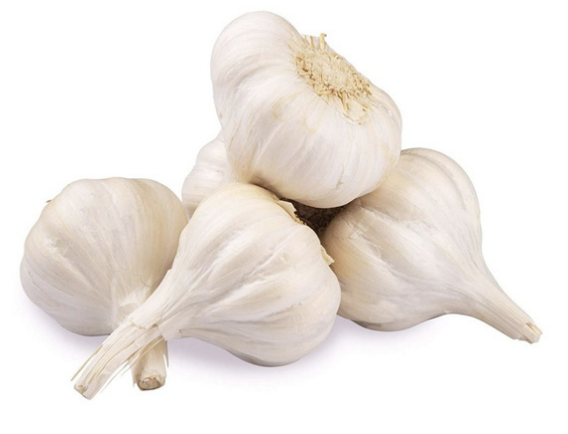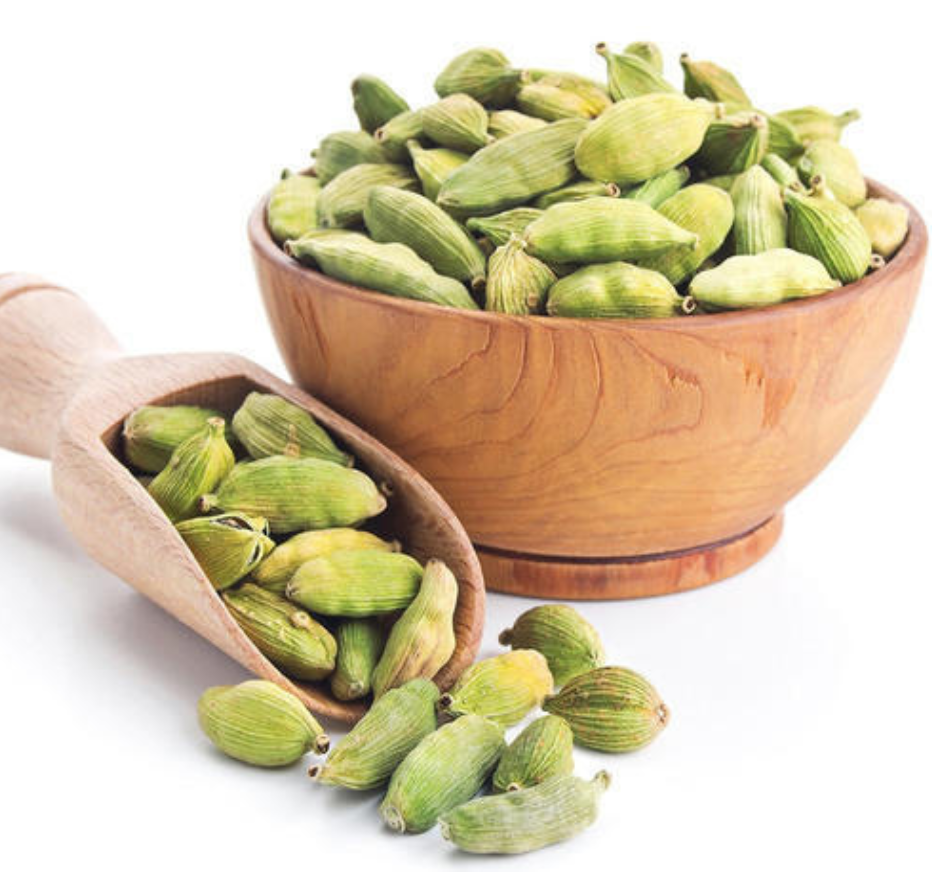
Black Pepper
Due to low demand and limited cash flow of dealers / exporters, pepper prices in Vietnam had a chance for a correction at the start of this week. However, due to high demand for pepper from the United States, the European Union, and the Middle East, prices began to rise again by the end of the week.
Due to fears that global commodity prices may enter a new price cycle, demand from the US, EU, and Asia has gradually improved, and there is notably promising demand from many different markets for full delivery in 2022.
Due to the pandemic situation, Vietnam’s primary raw material growing area, Daklak / Daknong, has been closed off, restricting transactions, making raw material circulating in the market extremely limited.
Another reason why the quantity of Pepper is lower than usual is because growers prefer the coffee crop since it brings in more revenues.
Demand for good quality black pepper like clean asta 500 and 550 gl is expected to increase by the end of this year. While the prices of higher- grade types are showing a gradual increase, Indonesian exporters are mostly holding the price stable to attract buyers’ interest. Heavy rainfalls, however, have become more persistent and are predicted to affect output, which will trigger price increase in the coming months. Competing mainly with Vietnam, Indonesian exporters are falling short of chances due to logistics challenges.

Garlic
Hurricane Apollo, which slammed the southern island of Sicily in late October, had no effect on red garlic production in Italy. In contrast, the weather has favoured the crops even more than usual, and this year’s output is predicted to be strong, with a total production of around 5,000 MT. Despite large production volumes, exports to other nations are a worry for manufacturers. Producers are increasingly willing to export, but they are hesitant due to a lack of knowledge about foreign markets and international trade, particularly when it comes to exporting to nations outside the EU. Therefore most of the produce of Garlic in Italy will be consumed in domestic market in EU.
In China, Sowing has been delayed by about 2-3 weeks. Some people forecast the yield to reduce however, it depends on the temperature in the winter. If the temperature drops, young garlic seedlings will freeze to death due to a lack of enough strong roots. Therefore, farmers should keep an eye on the period of November to January. On the other hand, at present the quantity of garlic in refrigerated storage is large, which may offset the short supply of this year.
The selling price of imported garlic from China and India affected by the COVID-19 pandemic has led farmers to reduce their garlic cultivation area by 15% to 25% in the year 2021-2022. Approximately 27,000 acres of cultivable land shall be reduced to 20,000-23,000 acres, thus decreasing garlic production.

Sesame Seeds
This year’s Indian sesame harvest does not appear to be promising enough to meet both home and global demand. The poor productivity is a result of the adverse weather conditions in India’s sesame-producing regions. The festival season and winter demand for India’s home markets have already begun, and new crops and old stocks, totaling about 50000 MT, will swiftly run out in the local and foreign markets. FOB prices for EU quality in Week 45 of 2021 are USD 1,850 for natural and USD 2,350 for hulled, both of which are likely to climb further.
Guatemalan Sesame Seed processing will start in week 46, while pricing is still unavailable. The 2021-2022 season of sesame seeds is on track and in timing with projections. Field collection of the seeds began in week 44, after the rainy season had ended. It is expected that producers will supply significant quantities to exporters for processing as soon as week 46 starts. Pricing for exporting natural and hulled sesame is still unavailable, and exporters may provide indicators in the coming days.

Mustard Seed
As the largest producer of mustard in the world, Canada has experienced a sharp drop in yields this year, which has already had a major impact on supply and prices. Despite an increase in planted areas, Canadian mustard production fell 28 percent to 71,000 tonnes in the year 2021-22, according to Statistics Canada’s September harvest report. Of the 118,000 tonnes of total shipments, only 5,000 are expected to go to warehouses. Mustard yields this year have clearly not been as expected due to the drought, about half the usual rate, but prices are also adjusted to reflect this.

Chilli Pepper
Indian red chili peppers price rose due to high demand from China. However, price of Indian Red chilies rose marginally in the third week of October 2021. As per the sources, China has imported around 6,000 MT of chilies in September from India, which is the highest in the last 2-3 months. Exports from other major importing countries are still reported to be sluggish. Indian chilli production for the season 2021-2022 is anticipated to increase by around 13-15% against the last year. Increased area of Chilli Production has led to panic situation in Spot market in India as stock levels increase and prices decrease.

Green Cardamom
Cardamom is one of the most valuable spices in the world. Guatemalan people often refer to cardamom as “green gold”, as this spice ranks second in the value of agricultural exports of Guatemala and generates more than $723 million for the national economy in 2020. It also accounted for 6.5% of the country’s total exports. 2021. The 2021/22 season’s prospects also look promising, as Guatemala’s cardamom harvest is estimated to reach 37,000 tons, 10% more than last year. Exporters, however, are not in a hurry to lower prices because of expected higher stocks, as they are taking a waiting stance ahead of the active trading, which is about to start in December 2021-January 2022.

Global & Russian Logistics
Ship queues in shipping ports have been documented all around the world, with some waiting times exceeding a month. Due to the recurring closure of ports for quarantine, there is now a logistical difficulty in every part of the globe, with hundreds of ships carrying containers waiting to be unloaded in lines. The situation is exacerbated by rising product demand as a result of market recovery in many nations. As a result, the cost of cargo transportation and final product prices rise, and enterprises were forced to seek alternative delivery routes, causing a collapse in formerly unimportant areas such as the Russian Far East.
The transportation market has been severely impacted by problems with ports in the world’s two largest countries, China, and the United States. This problem began around the autumn of 2020, and it does not appear to be improving. Every week, we hear from another port where a significant number of ships have gathered in anticipation of being unloaded.
Problems with product supply have been occurring in Chukotka and Kamchatka for the past month; these regions are heavily reliant on product delivery by sea. There were also disruptions in the supply of equipment, building materials, modular buildings for infrastructure facilities, and landscaping, and many other goods. Many goods will no longer be delivered on schedule.
Due to changes in global logistical patterns, Far Eastern ports are overburdened. As a result, many suppliers are unable to deliver items on schedule to numerous regions, particularly the most remote parts of Russia. As a result of the shortfall, prices will rise, adding to already nearly double-digit inflation this year.
Hundreds of containers waiting to be transferred have been collected in Far East ports of Russia, which are overburdened. For several weeks, the ships have been docked. The minimal wait time is ten days, and the average wait time is a month. The ports in the Far East are not accepting new cargo.
Russian President Vladimir Putin has directed the Ministry of Transport to quickly restore order in Russia’s Far East. In October, Russian President Vladimir Putin urged other countries to take advantage of the Northern Sea Route’s prospects to expand trade with Europe. Due to the development of container traffic through the Far East from China to Europe, President Vladimir Putin has demanded that problems with railway transit of construction and other commodities be avoided as soon as possible.


